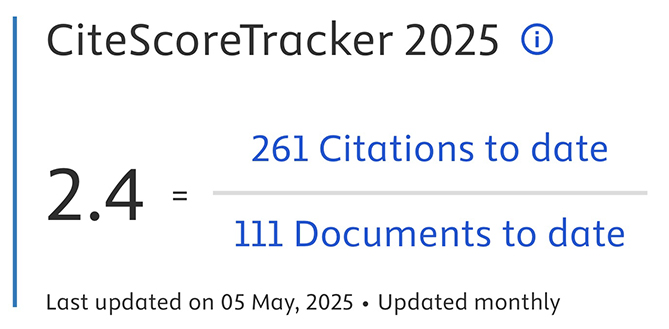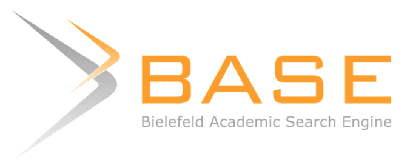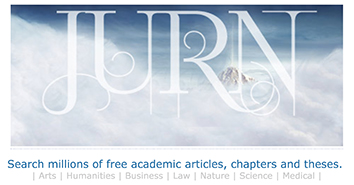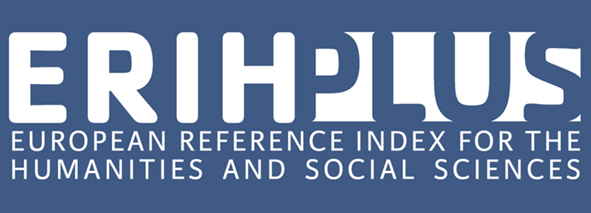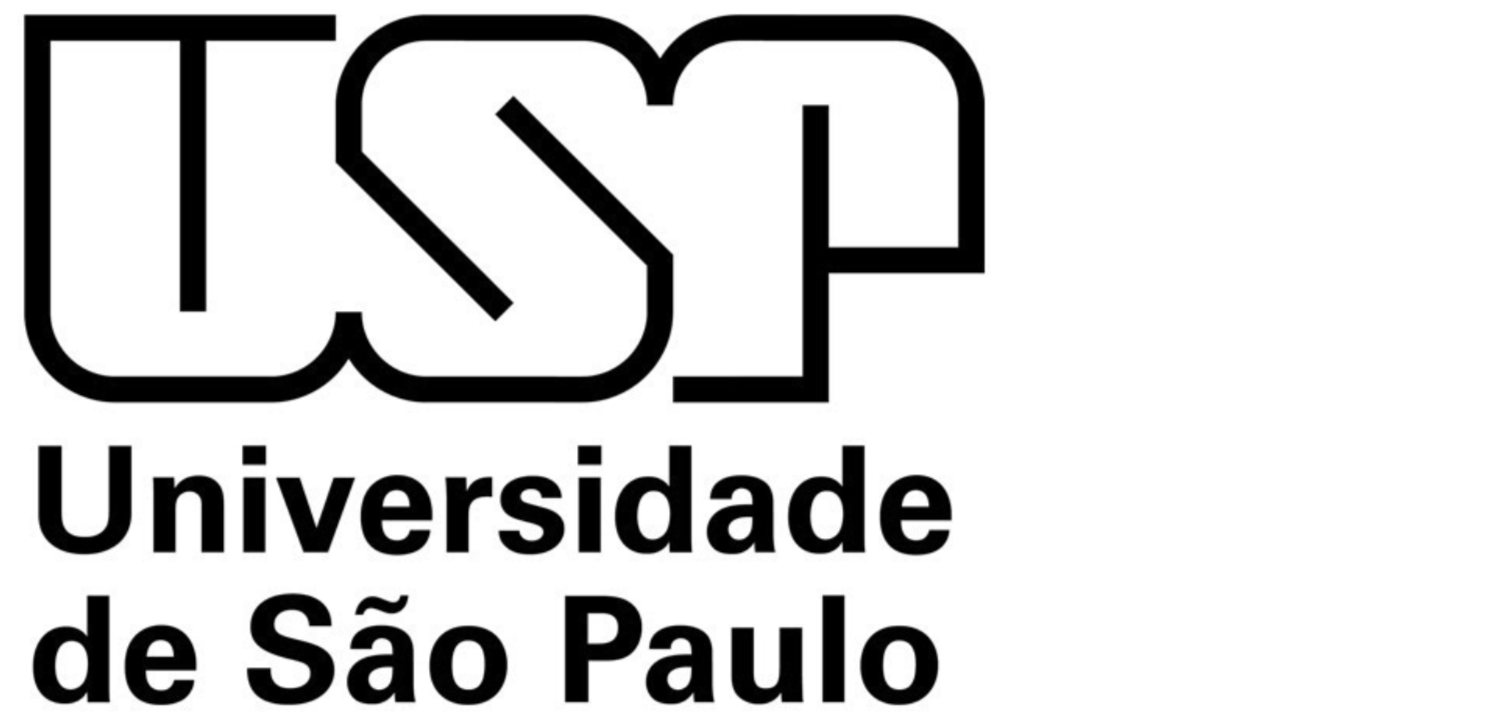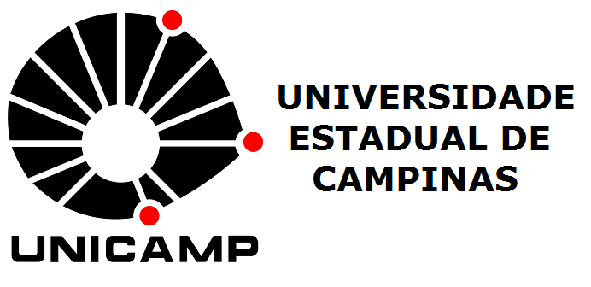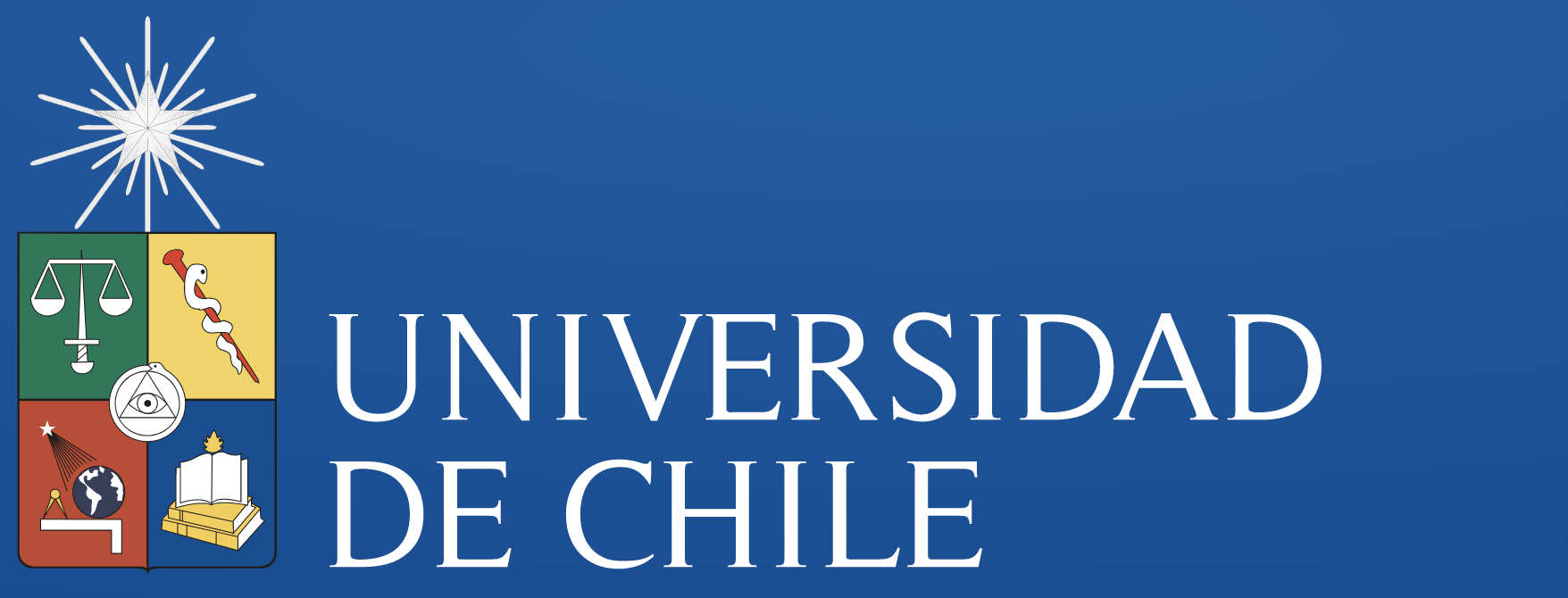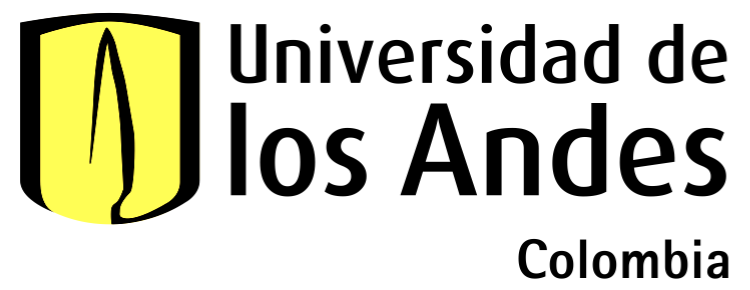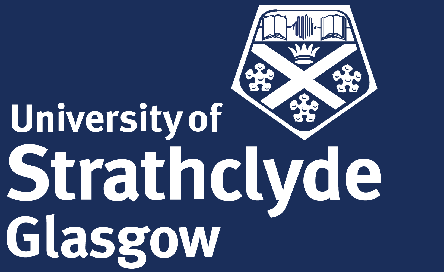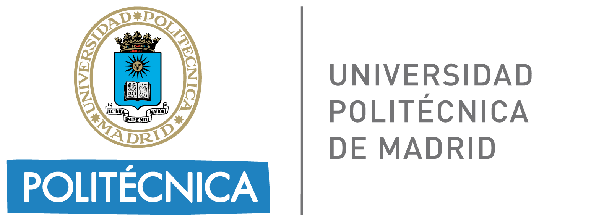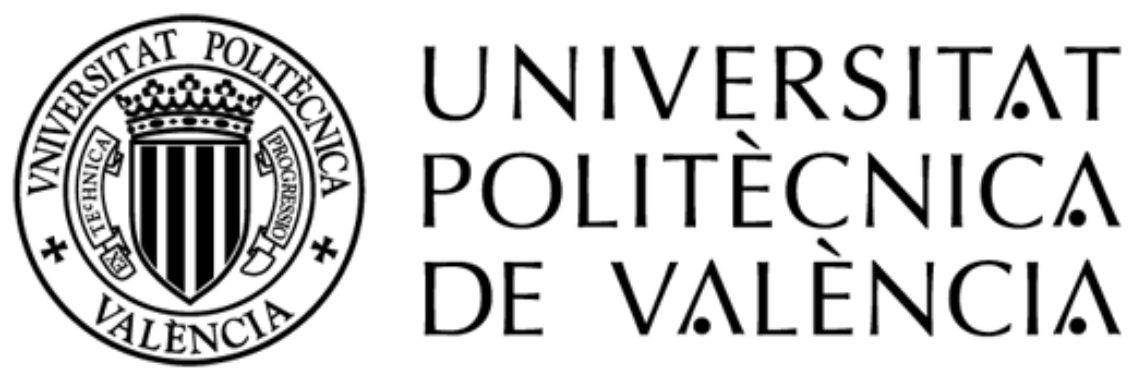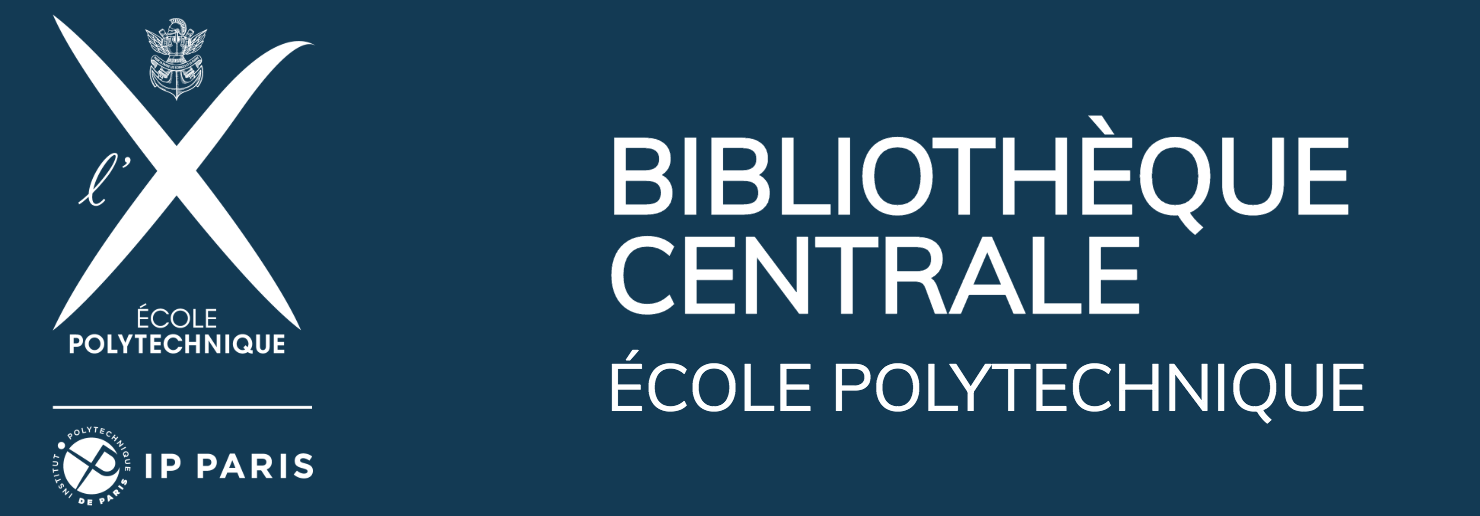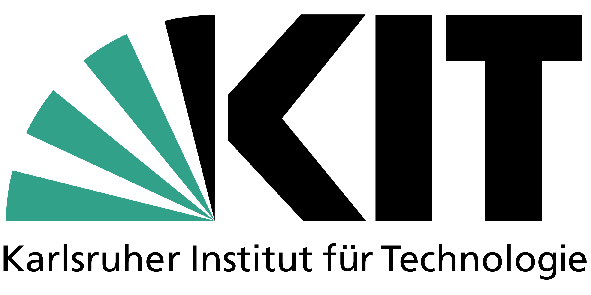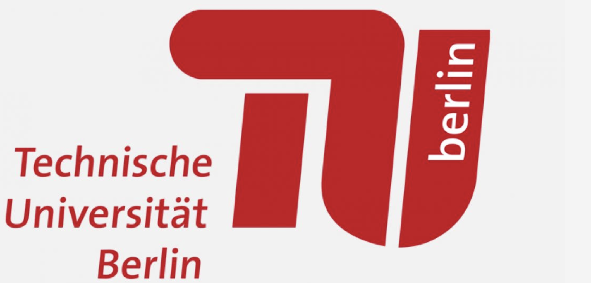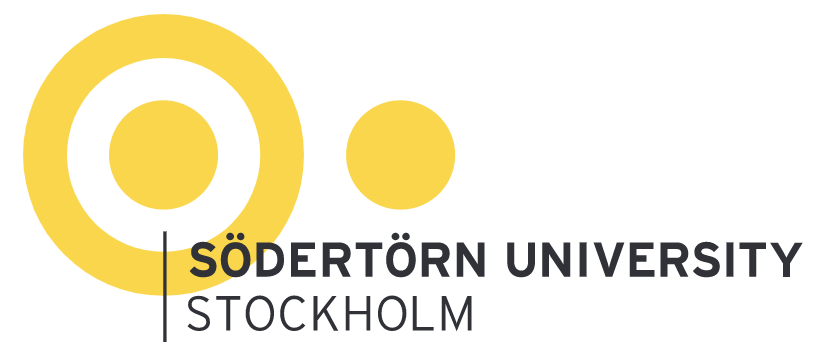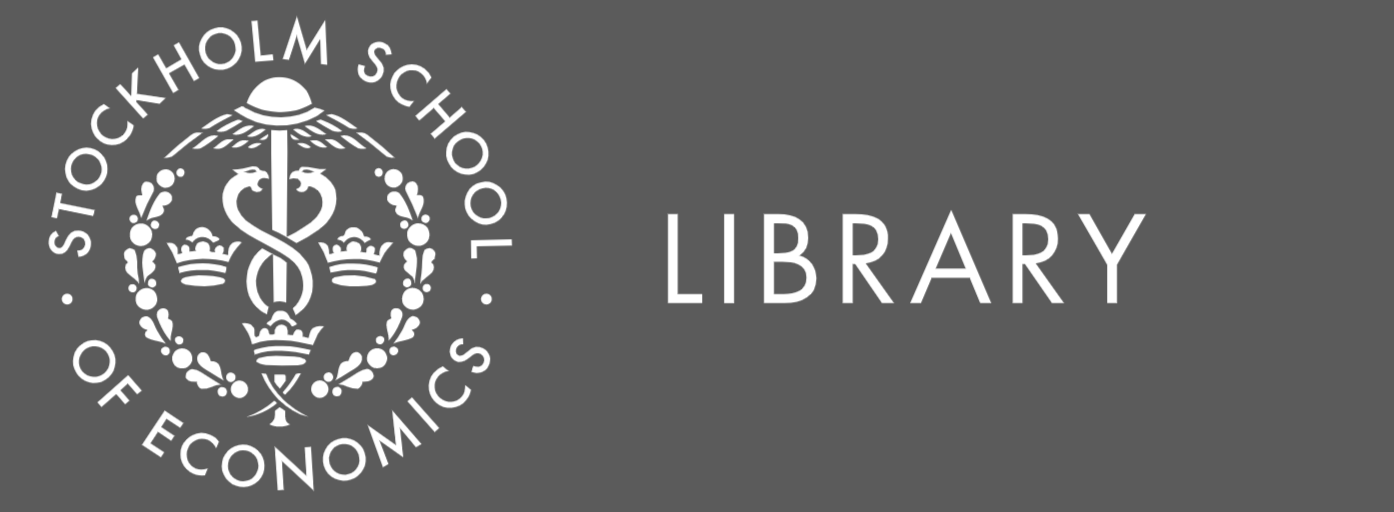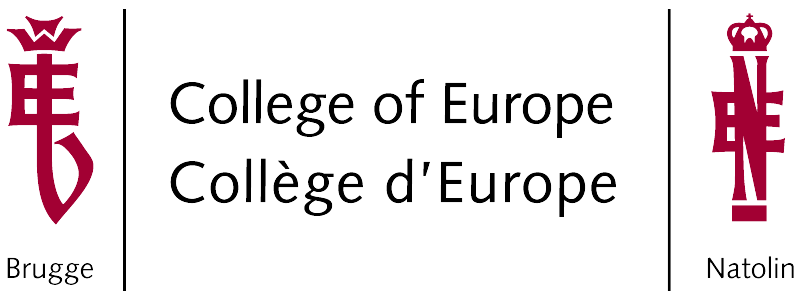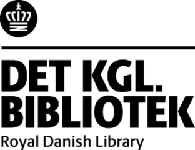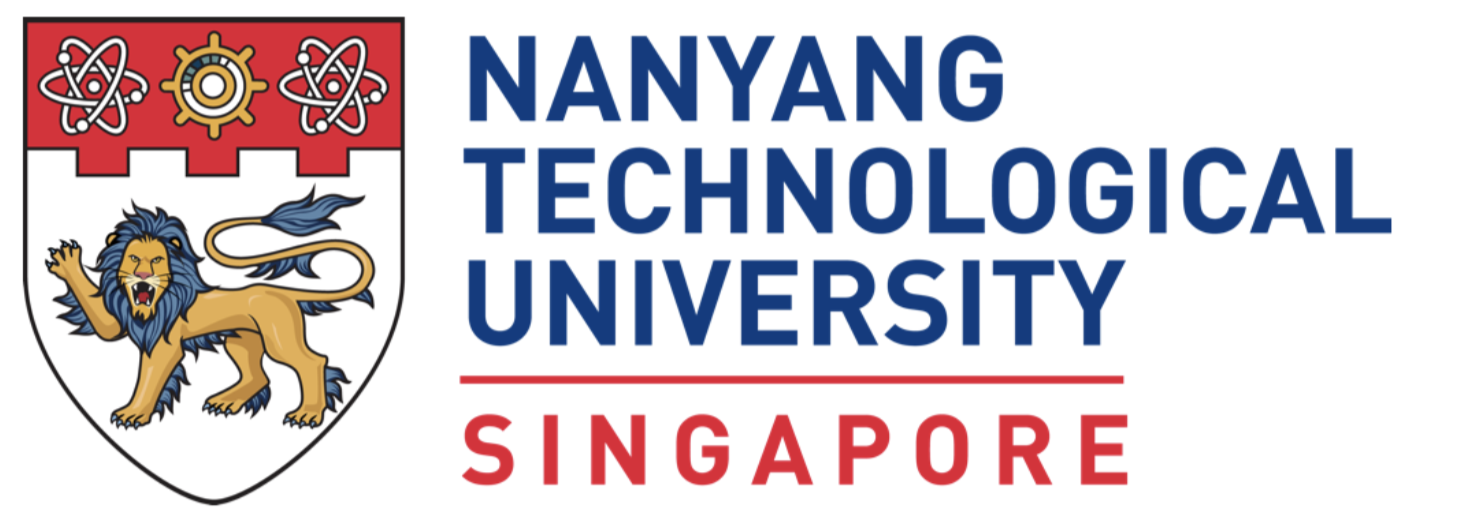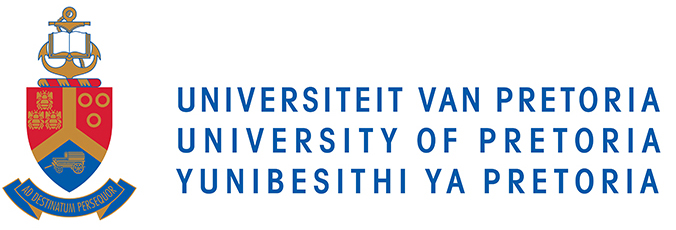Il contributo delle discipline dell’Architettura per affrontare povertà e fame e garantire salute, benessere, istruzione di qualità ed equità di genere
DOI:
https://doi.org/10.69143/2464-9309/1702025Parole chiave:
povertà, fame, salute e benessere, istruzione di qualità, equità di genereAbstract
Il volume 17 di AGATHÓN inaugura una serie di pubblicazioni dedicata ai 17 Obiettivi di Sviluppo Sostenibile dell’Agenda 2030, affrontando – attraverso progetti, ricerche e sperimentazioni – i primi cinque SDG: Povertà, Fame, Salute e Benessere, Istruzione di Qualità ed Equità di Genere. L’editoriale evidenzia il ruolo strategico delle discipline del progetto nel contribuire al raggiungimento di questi obiettivi, promuovendo approcci sistemici, multidisciplinari e multiscalari capaci di valorizzare sinergie e ridurre compromessi. In un contesto globale segnato da ritardi, disuguaglianze e crisi, il progetto – inteso in senso ampio e transdisciplinare – si configura come dispositivo capace di attivare trasformazioni sociali, culturali e ambientali. I contributi selezionati dimostrano come la progettazione possa incidere su temi cruciali come l’abitare dignitoso, l’accesso all’acqua e all’istruzione, la sicurezza alimentare, la salute mentale e fisica, la rigenerazione urbana, l’inclusione sociale e l’equità di genere. Attraverso casi studio, modelli replicabili e strumenti operativi, il volume propone una lettura critica e propositiva della progettazione; in particolare emerge la necessità di una visione integrata che superi barriere disciplinari, normative e culturali e promuova un’accademia più porosa e una progettualità orientata alla giustizia spaziale. L’editoriale invita infine a un impegno collettivo della comunità scientifica nel riconoscere il progetto come atto trasformativo e responsabile, in grado di connettere sapere, spazio e diritti.
Downloads
##plugins.generic.articleMetricsGraph.articlePageHeading##
Riferimenti bibliografici
Amara, N., Landry, R., Becheikh, N. and Ouimet, M. (2008), “Learning and novelty of innovation in established manufacturing SMEs”, in Technovation, vol. 28, issue 7, pp. 450-463. [Online] Available at: doi.org/10.1016/j.technovation.2008.02.001 [Accessed 30 June 2025].
Arquilla, V. and Caruso, C. (2025), “Un approccio di integrazione nativa dell’inclusione nel meta-design – L’esperienza COmeta | Towards native integration of inclusivity in meta-design – The COmeta experience”, in Agathón | International Journal of Architecture, Art and Design, vol. 17, pp. 360-373. [Online] Available at: doi.org/10.69143/2464-9309/17252025 [Accessed 30 June 2025].
Ayala-Garcia, C. Velandia Rayo, D. A. and Nieman Jansen, C. J. (2025), “Parametrictectura – Un progetto parametrico per la prefabbricazione e l’autocostruzione nell’America Latina rurale | Parametrictectura – A rural parametric design to enhance prefabrication and self-construction methods in Latin America”, in Agathón | International Journal of Architecture, Art and Design, vol. 17, pp. 296-309. [Online] Available at: doi.org/10.69143/2464-9309/17202025 [Accessed 30 June 2025].
Baratta, A.F. L., Finucci, F. and Magarò, A. (2025), “Povertà e infrastrutture idriche – Un caso studio nell’Africa Subsahariana | Poverty and water infrastructure – A case study in Sub-Saharan Africa”, in Agathón | International Journal of Architecture, Art and Design, vol. 17, pp. 284-295. [Online] Available at: doi.org/10.69143/2464-9309/17192025 [Accessed 30 June 2025].
Barbier, E. B. and Burgess, J. C. (2019), “Sustainable development goal indicators – Analyzing trade-offs and complementarities”, in World Development, vol. 122, pp. 295-305. [Online] Available at: doi.org/10.1016/j.worlddev.2019.05.026 [Accessed 30 June 2025].
Barbiero, G. (2024), “Biologia e psicologia alleate per una ricerca transdisciplinare”, in Barbiero, G. and Berto, R. (eds), Introduzione alla biofilia – La relazione con la Natura tra genetica e psicologia, Carocci Editore, Roma, pp. 17-18.
Barquet, K., Järnberg, L., Alva, I. L. and Weitz, N. (2022), “Exploring mechanisms for systemic thinking in decision-making through three country applications of SDG Synergies”, in Sustainability Science, vol. 17, issue 4, pp. 1557-1572. [Online] Available at: doi.org/10.1007/s11625-021-01045-3 [Accessed 30 June 2025].
Battaino, C., Fossati, P. and Marconi, F. (2025), “Ripensare l’abitare – Progetto e architettura per un abitare flessibile e accessibile | Rethinking housing – Design and architecture for flexible and affordable living”, in Agathón | International Journal of Architecture, Art and Design, vol. 17, pp. 156-167. [Online] Available at: doi.org/10.69143/2464-9309/17102025 [Accessed 30 June 2025].
Bellini, O. E. and Martorana, F. (2025), “Strategie meta-progettuali per l’accessibilità economica alla residenzialità universitaria | Meta-design strategies for affordability in university housing”, in Agathón | International Journal of Architecture, Art and Design, vol. 17, pp. 256-269. [Online] Available at: doi.org/10.69143/2464-9309/17172025 [Accessed 30 June 2025].
Bheekie, A. and van Huyssteen, M. (2015), “Be mindful of your discomfort – An approach to contextualized learning”, in International Journal of research on Service-Learning and Community Engagement, vol. 3, issue 1, pp. 1-14. [Online] Available at: doi.org/10.37333/001c.21560 [Accessed 30 June 2025].
Bianchi, R. (2017), Costruire a basso costo – Strategie progettuali e soluzioni tecnologiche per l’architettura | Low cost building – Design strategies and technological solutions for architecture, Aracne Editrice, Roma.
Campagnaro, C., Ronsivalle, D., Di Prima, N., Curtabbi, G. and Passaro, R. (2025), “Fare e rifare – Opportunità e limiti della co-progettazione per gli spazi pubblici e di welfare | Doing and redoing – Opportunities and limits of co-design for public and welfare spaces”, in Agathón | International Journal of Architecture, Art and Design, vol. 17, pp. 310-323. [Online] Available at: doi.org/10.69143/2464-9309/17212025 [Accessed 30 June 2025].
Cangelli, E. (2025), “Rigenerazione urbana e SDG – Approcci progettuali per la riduzione delle disuguaglianze urbane | Urban regeneration and SDGs – Design approaches for reducing urban inequalities”, in Agathón | International Journal of Architecture, Art and Design, vol. 17, pp. 28-41. [Online] Available at: doi.org/10.69143/2464-9309/1712025 [Accessed 30 June 2025].
Cellucci, C., Revellini, R. and Tatano, V. (2025), “Quale genere di città – Rigenerazione urbana tra intersezionalità e inclusione | What kind of city – Urban regeneration between intersectionality and inclusion”, in Agathón | International Journal of Architecture, Art and Design, vol. 17, pp. 108-119. [Online] Available at: doi.org/10.69143/2464-9309/1762025 [Accessed 30 June 2025].
CEMEX México and Universidad Nacional Autónoma de México (2005), Manual de autoconstrucción y mejoramiento de vivienda, CEMEX, Ciudad de México. [Online] Available at: ingenieria.unam.mx/pdf/manual_autoconstruccion.pdf [Accessed 30 June 2025].
Chiaro, G. and Pera, C. (2022), “Overview – Il tema dell’abitare nel PNRR”, in Quaderni sulla Ripresa e Resilienza del Paese, vol. 1, pp. 13-24. [Online] Available at: archivio.caritas.it/materiali/Italia/qrrp/qrrp_num1_mar2022.pdf [Accessed 30 June 2025].
Cimadomo, G., Lecardane, R. and Torregrossa, P. M. (2025), “Agenda 2030 per un turismo sostenibile – Il Cammino di Santiago de Compostela e la Trasversale Sicula | 2030 Agenda for sustainable tourism – The Way of Santiago de Compostela and the Ancient Trasversale Sicula”, in Agathón | International Journal of Architecture, Art and Design, vol. 17, pp. 80-93. [Online] Available at: doi.org/10.69143/2464-9309/1742025 [Accessed 30 June 2025].
Crenshaw, K. (1989), “Demarginalising the Intersection of Race and Sex – A Black Feminist Critique of Antidiscrimination Doctrine, Feminist Theory and Antiracist Politics”, in University of Chicago Legal Forum, vol. 1989, issue 1, article 8, pp. 139-167. [Online] Available at: chicagounbound.uchicago.edu/cgi/viewcontent.cgi?article=1052&context=uclf [Accessed 30 June 2025].
D’Angelo, P. (2023), Estetica della natura – Bellezza naturale, paesaggio, arte ambientale, Editori Laterza, Roma.
Del Curto, B., Valassina, S. and Santi, R. (2025), “Materiali pro-sociali – Modelli sostenibili alimentati da un’istruzione di qualità | Pro-social materials – Sustainable models powered by quality education”, in Agathón | International Journal of Architecture, Art and Design, vol. 17, pp. 374-383. [Online] Available at: doi.org/10.69143/2464-9309/17262025 [Accessed 30 June 2025].
Dong, W., Wu, J., Chen, Y. and Zhou, X. (2023), “A bibliometric review of research on the perceptions of Campus public spaces”, in Buildings, vol. 13, issue 2, article 501, pp. 1-17. [Online] Available at: doi.org/10.3390/buildings13020501 [Accessed 30 June 2025].
Eberhard, R. (2019), Access to Water and Sanitation in Sub-Saharan Africa – A Way Forward for German Development Cooperation and its Partners Based on a Review of Two Decades of Involvement in Urban Water Sector Reforms in Africa, GIZ, Eschborn, Germany.
European Commission (2023), Better Regulation – Toolbox 2023. [Online] Available at: commission.europa.eu/document/download/9c8d2189-8abd-4f29-84e9-abc843cc68e0_en?filename=BR%20toolbox%20-%20Jul%202023%20-%20FINAL.pdf [Accessed 30 June 2025].
Fazeli Dehkordi, Z. S., Khatami, S. M. and Ranjbar, E. (2022), “The Associations between Urban Form and Major Non-Communicable Diseases – A Systematic Review”, in Journal of Urban Health, vol. 99, pp. 941-958. [Online] Available at: doi.org/10.1007/s11524-022-00652-4 [Accessed 30 June 2025].
Fiorini, L., Saganeiti, L., Perazzini, M., Bontempo, D., Bucci, M., Giancola, M. and Perilli, E. (2025), “L’impatto dei modelli urbani sul supporto sociale – Tra giustizia spaziale e sviluppo sostenibile | The impact of urban models on social support – Between spatial justice and sustainable development”, in Agathón | International Journal of Architecture, Art and Design, vol. 17, pp. 196-207. [Online] Available at: doi.org/10.69143/2464-9309/17132025 [Accessed 30 June 2025].
Garda, E., Casale, T., D’Orazio, A., Di Mari, G., Franchini, C., Mattogno, C., Mele, C., Prencipe, M. and Renzulli, A. (2025), “Svelare l’invisibile – Progetti di ricerca per la parità di genere nel patrimonio costruito | Unveiling the invisible – Research Projects for Gender Equality in the Built Heritage”, in Agathón | International Journal of Architecture, Art and Design, vol. 17, pp. 168-179. [Online] Available at: doi.org/10.69143/2464-9309/17112025 [Accessed 30 June 2025].
Giachetta, A., Buondonno, L. and Canepa, M. (2025), “Cohousing per donne vittime di violenza – Un progetto Interreg per il SDG 5 Gender Equality | Cohousing for women victims of violence – An Interreg project for SDG 5 Gender Equality”, in Agathón | International Journal of Architecture, Art and Design, vol. 17, pp. 242-255. [Online] Available at: doi.org/10.69143/2464-9309/17162025 [Accessed 30 June 2025].
Grishina, N. (2023), “Environmental problems of Liberia”, in Journal of the Institute for African studies, vol. 64, issue 3, pp. 125-135. [Online] Available at: dx.doi.org/10.31132/2412-5717-2023-64-3-125-135 [Accessed 21 April 2025].
IGS – Independent Group of Scientists appointed by the Secretary-General (2023), Times of crisis, times of change – Science for accelerating transformations to sustainable development – Global Sustainable Development Report 2023, United Nations, New York. [Online] Available at: sdgs.un.org/sites/default/files/2023-09/FINAL%20GSDR%202023-Digital%20-110923_1.pdf [Accessed 30 June 2025].
IGS – Independent Group of Scientists appointed by the Secretary-General (2019), The Future is Now – Science for Achieving Sustainable Development – Global Sustainable Development Report 2019, United Nations, New York. [Online] Available at: sdgs.un.org/publications/future-now-science-achieving-sustainable-development-gsdr-2019-24576 [Accessed 30 June 2025].
Jonathan, C. (2023), “Circular Economy in Africa – Towards a Model for Affordability in Housing Including the Craftsmanship of Components, Involving Reusing, and Re-Purposing”, in Open Access Library Journal, vol. 10, issue 10, article e10751, pp. 1-17. [Online] Available at: doi.org/10.4236/oalib.1110751 [Accessed 30 June 2025].
Kalms, N. (2024), She City – Designing Out Women’s Inequity in Cities, Bloomsbury Publishing, New York.
Kellert, S. R. and Calabrese, E. F. (2015), The Practice of Biophilic Design. [Online] Available at: researchgate.net/publication/321959928_The_Practice_of_Biophilic_Design [Accessed 30 June 2025].
Kostetckaia, M. and Hametner, M. (2022), “How Sustainable Development Goals interlinkages influence European Union countries’ progress towards the 2030 Agenda”, in Sustainable Development, vol. 30, issue 5, pp. 916-926. [Online] Available at: doi.org/10.1002/sd.2290 [Accessed 30 June 2025].
Kuddus, M. A., Tynan, E. and McBryde, E. (2020), “Urbanization – A problem for the rich and the poor?”, in Public Health Reviews, vol. 41, article 1, pp. 1-4. [Online] Available at: doi.org/10.1186/s40985-019-0116-0 [Accessed 30 June 2025].
Lanini, L., Sepe, M., Barsanti, E., Crudeli, A., and Marcheschi, C. (2025), “Abitare l’Università – Linee guida per nuovi poli e spazi pubblici per una vivibilità urbana sostenibile | Living the University – Guidelines for new campuses and public spaces for sustainable urban livability”, in Agathón | International Journal of Architecture, Art and Design, vol. 17, pp. 208-225. [Online] Available at: doi.org/10.69143/2464-9309/17142025 [Accessed 30 June 2025].
Lee, D., Feiertag, P. and Unger, L. (2024), “Co-production, co-creation or co-design of public space? A systematic review”, in Cities, vol. 154, issue 1, pp. 1-13. [Online] Available at: doi.org/10.1016/j.cities.2024.105372 [Accessed 30 June 2025].
Lefebvre, H. (2014), Il diritto alla città, Ombre Corte, Verona.
Lusseau, D. and Mancini, F. (2019), “Income-based variation in Sustainable Development Goal interaction networks”, in Nature Sustainability, vol. 2, issue 3, pp. 242-247. [Online] Available at: doi.org/10.1038/s41893-019-0231-4 [Accessed 30 June 2025].
Macaluso, L. and Palma, A. (2025), “Foreste abitate – Architettura per la salute, il benessere e l’uguaglianza | Inhabited forests – Architecture for health, well-being, and equality”, in Agathón | International Journal of Architecture, Art and Design, vol. 17, pp. 180-195. [Online] Available at: doi.org/10.69143/2464-9309/17122025 [Accessed 30 June 2025].
Massari, S., Galli, F., Colombo, L. and Goretti, G. (2025), “Divinfood, NUCs e agrobiodiversità – Food Design Agile e Living Labs per l’innovazione sostenibile | Divinfood, NUCs and agrobiodiversity – Agile Food Design and Living Labs for sustainable innovation”, in Agathón | International Journal of Architecture, Art and Design, vol. 17, pp. 398-411. [Online] Available at: doi.org/10.69143/2464-9309/17282025 [Accessed 30 June 2025].
Mehan, A. (2025), “Ripensare i paesaggi post-industriali attraverso la lente dello sviluppo sostenibile | Reimagining post-industrial landscapes through the lens of sustainable development”, in Agathón | International Journal of Architecture, Art and Design, vol. 17, pp. 120-129. [Online] Available at: doi.org/10.69143/2464-9309/1772025 [Accessed 30 June 2025].
MIMIT – Ministero delle Imprese e del Made in Italy (2023), Piano Nazionale di Ripresa e Resilienza. [Online] Available at: mimit.gov.it/images/stories/documenti/PNRR_Aggiornato.pdf [Accessed 30 June 2025].
Ministero del Turismo (2024), Piano Strategico del Turismo 2023-2027. [Online] Available at: ministeroturismo.gov.it/wp-content/uploads/2024/09/Volume_PST_Settembre_2024_web_B.pdf [Accessed 30 June 2025].
Newport Institute (2024), Brain rot – The impact on young adult mental health. [Online] Available at: newportinstitute.com/resources/co-occurring-disorders/brain-rot/ [Accessed 30 June 2025].
Nilsson, M., Vijge, M. J., Alva, I. L., Bornemann, B., Fernando, K., Hickmann, T., Scobie, M. and Weiland, S. (2022), “Interlinkages, integration and coherence”, in Biermann, F., Hickmann, T. and Sénit, C.-A. (eds), The Political Impact of the Sustainable Development Goals – Transforming Governance Through Global Goals?, University Press, Cambridge, pp. 92-115. [Online] Available at: doi.org/10.1017/9781009082945.005 [Accessed 30 June 2025].
OECD – Organization for Economic Co-operation and Development (2024), Recommendation of the Council on Policy Coherence for Sustainable Development, OECD/LEGAL/0381, Paris. [Online] Available at: legalinstruments.oecd.org/en/instruments/oecd-legal-0381 [Accessed 30 June 2025].
OECD – Organization for Economic Co-operation and Development (2019), Measuring Distance to the SDG Targets 2019, OECD Publishing, Paris. [Online] Available at: doi.org/10.1787/a8caf3fa-en [Accessed 30 June 2025].
Papile, F., Santi, R. and Del Curto, B. (2024), “Urban Material Gardens – Materiali che parlano del territorio”, in Di Bucchianico, G. and Marano, A. (eds), Design per la Diversità | Conferenza SID 2023 – Atti della conferenza annuale della società italiana di design, Pescara, Italy, June 12-13, 2023, Società Italiana di Design, Milano, pp. 208-217.
Peruccio, P. P., Liboni, M. and Mucchetti, F. (2025), “Il ruolo degli archivi d’impresa nell’era della blockchain e della IA | The role of corporate archives in the era of blockchain and AI”, in Agathón | International Journal of Architecture, Art and Design, vol. 17, pp. 348-359. [Online] Available at: doi.org/10.69143/2464-9309/17242025 [Accessed 30 June 2025].
Pham-Truffert, M., Metz, F., Fischer, M., Rueff, H. and Messerli, P. (2020), “Interactions among Sustainable Development Goals – Knowledge for identifying multipliers and virtuous cycles”, in Sustainable Development, vol. 28, issue 5, pp. 1236-1250. [Online] Available at: doi.org/10.1002/sd.2073 [Accessed 30 June 2025].
Plevoets, B. and Van Cleempoel, K. (2019), Adaptive Reuse of the Built Heritage – Concepts and Cases of an Emerging Discipline, Routledge, London.
Prochner, I. (2023), Designing for sex and gender equity – Design Research for Change, Routledge, New York.
Randers, J., Rockström, J., Stoknes, P. E., Goluke, U., Collste, D., Cornell, S. E. and Donges, J. F. (2019), “Achieving the 17 Sustainable Development Goals within 9 planetary boundaries”, in Global Sustainability, vol. 2, e24, pp. 1-11. [Online] Available at: doi.org/10.1017/sus.2019.22 [Accessed 30 June 2025].
Ricci, L., Poli, I. and Marino, M. (2025), “Welfare urbano e rigenerazione – Sostenibilità e inclusione sociale per il raggiungimento degli SDG | Urban welfare and regeneration – Sustainability and social inclusion for achieving the SDGs”, in Agathón | International Journal of Architecture, Art and Design, vol. 17, pp. 94-107. [Online] Available at: doi.org/10.69143/2464-9309/1752025 [Accessed 30 June 2025].
Rizzi, C. (2025), “Osmosi, ibridazione, simbiosi – Dalla biofilia alla progettazione rigenerativa interspecifica | Osmosis, hybridisation, symbiosis – From biophilia to interspecies regenerative design”, in Agathón | International Journal of Architecture, Art and Design, vol. 17, pp. 146-155. [Online] Available at: doi.org/10.69143/2464-9309/1792025 [Accessed 30 June 2025].
Scannell, L. and Gifford, R. (2017), “The experienced psychological benefits of place attachment”, in Journal of Environmental Psychology, vol. 51, pp. 256-269. [Online] Available at: doi.org/10.1016/j.jenvp.2017.04.001 [Accessed 30 June 2025].
Setola, N. and Borgianni, S. (2025), “Promuovere salute e benessere – Strumenti per il progetto di Case della Comunità e quartieri sani | Promoting health and well-being – Tools for designing community health centres and healthy neighbourhoods”, in Agathón | International Journal of Architecture, Art and Design, vol. 17, pp. 226-241. [Online] Available at: doi.org/10.69143/2464-9309/17152025 [Accessed 30 June 2025].
Sorbo, E., Moretto, T., Grandi, S. and Modena, G. (2025), “Identità culturali e sviluppo sostenibile – Un modello metodologico per l’Arsenale di Venezia | Cultural identity and sustainable development – A methodological model for the Venetian Arsenal”, in Agathón | International Journal of Architecture, Art and Design, vol. 17, pp. 130-145. [Online] Available at: doi.org/10.69143/2464-9309/1782025 [Accessed 30 June 2025].
Spadolini, M. B. and Parodi, L. (2025), “La forma segue l’emozione – Progettazione su misura e design rigenerativo negli ambienti di cura | Form follows emotion – Tailored design and regenerative approaches in healthcare environments”, in Agathón | International Journal of Architecture, Art and Design, vol. 17, pp. 68-79. [Online] Available at: doi.org/10.69143/2464-9309/1732025 [Accessed 30 June 2025].
Sposito, C. and Scalisi, F. (2025), “Il contributo delle discipline dell’Architettura per affrontare povertà e fame e garantire salute, benessere, istruzione di qualità ed equità di genere | The contribution of Architectural disciplines to tackling poverty and hunger and ensuring health, well-being, quality education and gender equity”, in Agathón | International Journal of Architecture, Art and Design, vol. 17, pp. 3-27. [Online] Available at: doi.org/10.69143/2464-9309/1702025 [Accessed 30 June 2025].
Stäheli, U. and Stoltenberg, L. (2022), “Digital detox tourism – Practices of analogisation”, in New Media and Society, vol. 26, issue 2, pp. 1056-1073. [Online] Available at: doi.org/10.1177/14614448211072808 [Accessed 30 June 2025].
Szekely, E. and Mason, M. (2018), “Complexity theory, the capability approach, and the sustainability of development initiatives in education”, in Journal of Education Policy, vol. 34, issue 5, pp. 669-685. [Online] Available at: doi.org/10.1080/02680939.2018.1465999 [Accessed 30 June 2025].
Talamo, C., Jonathan, C., Atta, N. and Paganin, G. (2025), “Economia circolare nei Paesi in via di sviluppo – Pratiche di edilizia sostenibile in Kenya | Circular economy in developing countries – Sustainable construction practices in Kenya”, in Agathón | International Journal of Architecture, Art and Design, vol. 17, pp. 270-283. [Online] Available at: doi.org/10.69143/2464-9309/17182025 [Accessed 30 June 2025].
Thorne, M. and Duran, P. (2016), “The role that architecture can play in the development agenda”, in devex.com, 05/05/2016. [Online] Available at: devex.com/news/the-role-that-architecture-can-play-in-the-development-agenda-88124 [Accessed 30 June 2025].
Toso, F., Buffagni, A. and Frausin, M. (2025), “Design con e per le donne – Nuove traiettorie per il design medicale | Women-centred design – New trajectories for medical design”, in Agathón | International Journal of Architecture, Art and Design, vol. 17, pp. 324-335. [Online] Available at: doi.org/10.69143/2464-9309/17222025 [Accessed 30 June 2025].
UN – United Nations (2015), Transforming Our World – The 2030 Agenda for Sustainable Development. [Online] Available at: sustainabledevelopment.un.org/post2015/transformingourworld/publication [Accessed 30 June 2025].
UN-Habitat – United Nations Human Settlements Programme (2022), Envisaging the Future of Cities – World Cities Report 2022. [Online] Available at: unhabitat.org/sites/default/files/2022/06/wcr_2022.pdf [Accessed 30 June 2025].
UNWTO – World Tourism Organisation (2023), Achieving the Sustainable Development Goals Through Tourism – Toolkit of Indicators for Projects (TIPs). [Online] Available at: doi.org/10.18111/9789284424344 [Accessed 30 June 2025].
Vacanti, A., De Chirico, M., Crippa, D. and Fagnoni, R. (2025), “Temporalità digitale – La responsabilità dell’Interaction Design nell’alienazione digitale | Digital temporality – The responsibility of Interaction Design in digital alienation”, in Agathón | International Journal of Architecture, Art and Design, vol. 17, pp. 336-347. [Online] Available at: doi.org/10.69143/2464-9309/17232025 [Accessed 30 June 2025].
Valenti, A., Scalisi, F., Sposito, C., Colaci, D. F. and Moor, G. (2025), “Design, tecnologa e povertà – Dispositivi per il progetto di architetture, oggetti e società | Design, technology, and poverty – Devices for the design of architecture, objects, and society”, in Agathón | International Journal of Architecture, Art and Design, vol. 17, pp. 42-67. [Online] Available at: doi.org/10.69143/2464-9309/1722025 [Accessed 30 June 2025].
Zehr Gantz, S., Massari, S., McDonagh, D. and Vokoun, J. (2025), “Affrontare l’insicurezza alimentare – Empatia e Design Thinking per l’apprendimento trasformativo | Addressing food insecurity – Leveraging empathy and Design Thinking to achieve transformative learning”, in Agathón | International Journal of Architecture, Art and Design, vol. 17, pp. 384-397. [Online] Available at: doi.org/10.69143/2464-9309/17272025 [Accessed 30 June 2025].
##submission.downloads##
Pubblicato
Come citare
Fascicolo
Sezione
Categorie
Licenza
Copyright (c) 2025 Cesare Sposito, Francesca Scalisi

TQuesto lavoro è fornito con la licenza Creative Commons Attribuzione 4.0 Internazionale.
AGATHÓN è pubblicata sotto la licenza Creative Commons Attribution License 4.0 (CC-BY).
License scheme | Legal code
Questa licenza consente a chiunque di:
Condividere: riprodurre, distribuire, comunicare al pubblico, esporre in pubblico, rappresentare, eseguire e recitare questo materiale con qualsiasi mezzo e formato.
Modificare: remixare, trasformare il materiale e basarti su di esso per le tue opere per qualsiasi fine, anche commerciale.
Alle seguenti condizioni
Attribuzione: si deve riconoscere una menzione di paternità adeguata, fornire un link alla licenza e indicare se sono state effettuate delle modifiche; si può fare ciò in qualsiasi maniera ragionevole possibile, ma non con modalità tali da suggerire che il licenziante avalli l'utilizzatore o l'utilizzo del suo materiale.
Divieto di restrizioni aggiuntive: non si possono applicare termini legali o misure tecnologiche che impongano ad altri soggetti dei vincoli giuridici su quanto la licenza consente di fare.
Note
Non si è tenuti a rispettare i termini della licenza per quelle componenti del materiale che siano in pubblico dominio o nei casi in cui il nuovo utilizzo sia consentito da una eccezione o limitazione prevista dalla legge.
Non sono fornite garanzie. La licenza può non conferire tutte le autorizzazioni necessarie per l'utilizzo che ci si prefigge. Ad esempio, diritti di terzi come i diritti all'immagine, alla riservatezza e i diritti morali potrebbero restringere gli usi del materiale.







